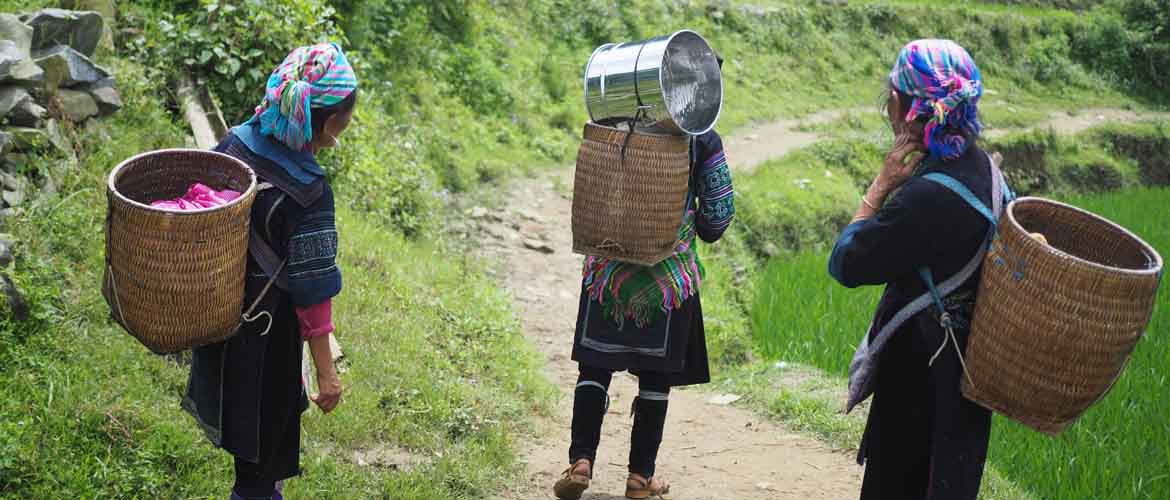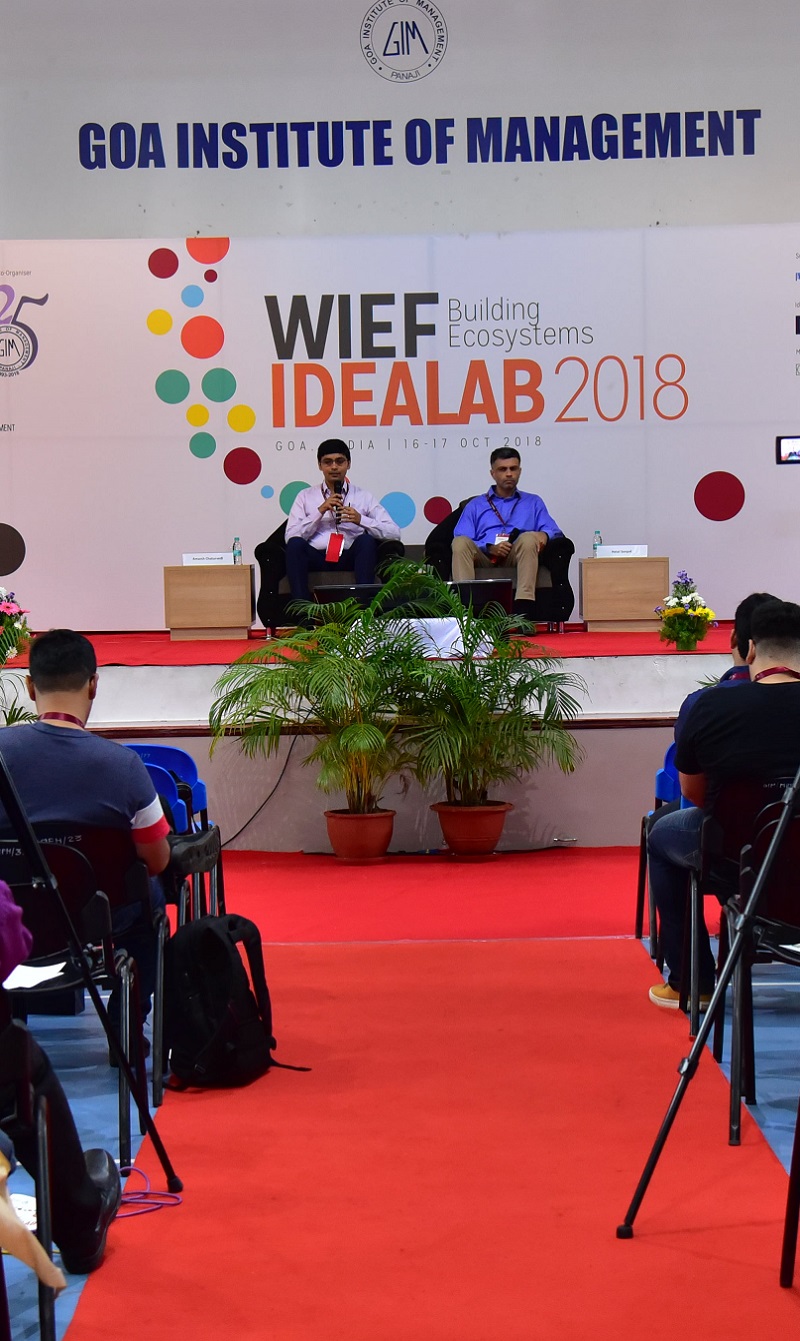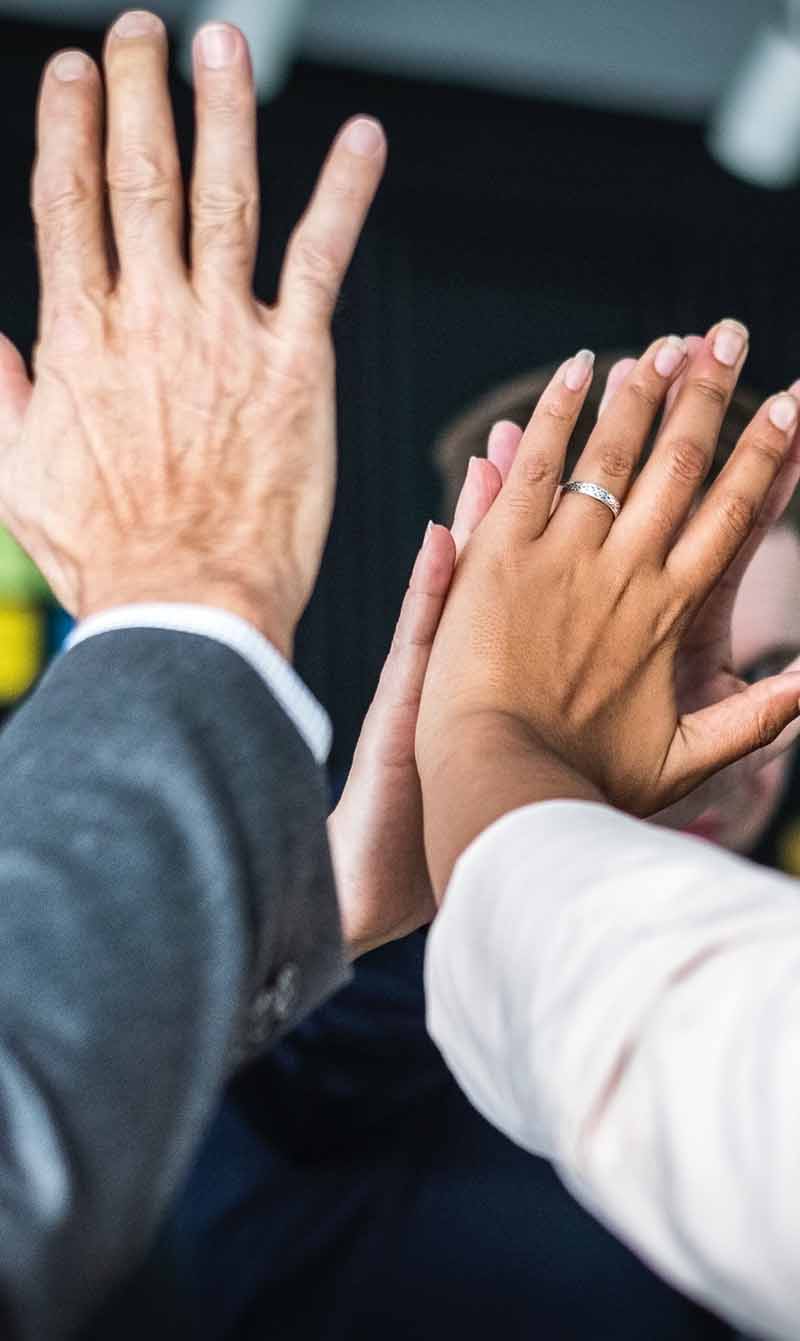Empowering rural women entrepreneurs
Poverty in rural areas is a concern, but with gender inequality, it tends to be worse. Organisations are seeking to remove obstacles that are preventing women’s empowerment.
More than three quarters of the world’s poor live in rural areas and depend largely on agriculture for what little incomes they have. Women and girls suffer disproportionately from rural poverty as gender inequality tends to be worse outside urban areas. While small agricultural businesses run by women have proven highly effective in reducing poverty, what prevents more women from following suit? What can be done to remove these obstacles?
Redefining power
In her opening remarks, Norraesah said that some men found the concept of “empowering women” to be antagonistic. She believed that a more positive spin should be put on the phrase, concentrating on the many benefits of increasing female participation in the economy.
‘Every woman participating in the economy increases the Gross Domestic Product of the country and of the community,’ she said. ‘It is not about women’s empowerment as such—it is not about diversity and it’s not about competing with the men—it’s about increasing and enhancing the wellbeing of the family and the community.’
Many hurdles to overcome
Khatija Barday-Wood, who is the chief executive officer of EIMAN (Empower, Inspire and Motivate through Advocacy and Nurturing), UK, outlined some of the hurdles that rural women entrepreneurs faced.
‘There are gender gaps in vocational and professional training as well as in basic and technical skills,’ she said. ‘There is a lack of education, access to finance and markets, access to networks and role models—but these barriers are not insurmountable: women entrepreneurs have inherent qualities.’
Equality as a first step
Barday-Wood said that ending inequality between men and women was the key to alleviating rural poverty. She noted that the fifth United Nations Sustainable Development Goal (SDG) was to ‘achieve gender equality and empower all women and girls.’ Along with the other SDGs, the fifth SDG was formally adopted by the UN General Assembly in September 2015.
‘We need to influence financiers, people with the money, policymakers, policy shapers, and hold our individual governments accountable—don’t forget they signed up to the SDGs. They have a responsibility, they have a social responsibility,’ she said.
Access to markets
Next to speak was Pacita Juan, founder and president of ECHOstore Sustainable Lifestyle, a growing group of social enterprises in the Philippines. Juan, who is also president of the Women’s Business Council of the Philippines, outlined a successful strategy that ECHOstore used to boost incomes for rural women. ‘We looked at a model to empower rural women entrepreneurs by giving them access to markets—not just any market, but speciality markets, upscale markets. We level them up and give them a space in our stores, and we give them a brand.’
She cited examples of how this worked in practice with products such as peanut butter and crab paste. She related a story that was “close to her heart” as it centred on a conflict-torn Muslim community in the southern part of the Philippines. Her main local partner was a Muslim woman entrepreneur who happened to be a Sulu princess: ‘When we started working together in 2009, they had zero income in their community: no light, no water. We got her into picking the best coffee, processing it well, packaging it in their own baskets and labelled as ‘Sulu Royal Coffee’. It flew off the shelves. Today, almost six years later, the income of that community is about USD4,000 per family per year—up from zero.
‘ECHOstore now has seven stores around the country and we are also online. We give these women access to speciality markets for people who otherwise would not have heard of their peanuts or crab paste or coffee. In this fashion, we tell the stories of great women in the communities.’
One cow, success for many
Dr Victoria Kisyombe, founder and chief executive officer of Selfina, an organisation which provides micro-credit and micro-leases for rural women in Tanzania, explained how her organisation began with a single dairy cow—the only asset Dr Kisyombe had when her husband died: ‘It was difficult for me to access finance because I did not have land or a house. I had a dairy cow from which I could sell milk, and I could feed my children by supplementing my income from the Government. Then it became clear to me that it was not just a dairy cow—it was a productive asset—and if this was a productive asset, it meant that more women could actually become engaged in generating incomes if they had productive assets too.’
Dr Kisyombe described how she set up a company to provide financing for women to lease machinery, equipment and livestock. She gave the example of a woman, Raheel, whose production went from 20 bags of rice to 1,000 bags thanks to the lease of a small tractor. Another woman, Justina, leased 100 chicks and now had an egg- producing business with 1,500 chickens.
Lease to buy
Dr Kisyombe said that more than 25,000 women have been helped in this way, and these women have in turn created 125,000 jobs. This has been achieved with a total of just USD16 million in financing which was handed out only after a careful evaluation process. ‘We want to make sure these investments are fruitful, so prospective clients come for training. They learn business skills and the process of taking a lease. They write a proposal and they provide at least two guarantors. We meet them in our office and in their homes, and when the lease is approved the asset is delivered and the potential for the business really explodes.
‘With increased capacity, a woman makes small payments over a number of months and at the end of the lease, we pass the ownership of the asset to her. Once she owns it, she can leverage the asset as collateral for a traditional loan or she can sell it back to us for liquid capital and continue the lease.’
Speakers also considered the difficulty women entrepreneurs had in getting loans from traditional financial institutions. A large part of the problem was due to the lack of collateral such as land or property to secure loans, and many rural women also had no credit history. Micro-credit and micro-leasing initiatives could help overcome these hurdles by enabling women to build up assets and sound credit histories, which they could then use to secure loans from banks.
The speakers agreed that banks were more comfortable dealing with businessmen rather than women. As a result, many women, particularly those from poor or rural backgrounds, were afraid to apply for loans. Juan said that banks should be encouraged to be more welcoming towards women, adding that she was working with the Development Bank of the Philippines to create a product for aspiring women entrepreneurs.
A long road ahead
Empowering rural women entrepreneurs is a highly effective way to reduce poverty but these women have to overcome many hurdles—most notably gender inequality, low levels of education, and a lack of access to financing and markets—before they can establish and grow their businesses. These obstacles are not insurmountable; and with the right encouragement and empowerment, the huge potential of female entrepreneurs can be unlocked.
___________________
This report is based on the 11th WIEF in Kuala Lumpur, Malaysia in 2017.
Photo Credit:
Ron Hansen





